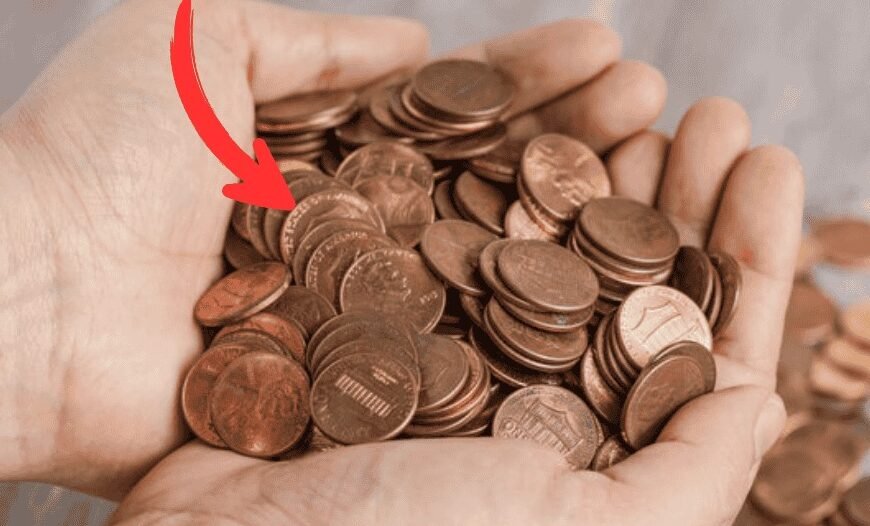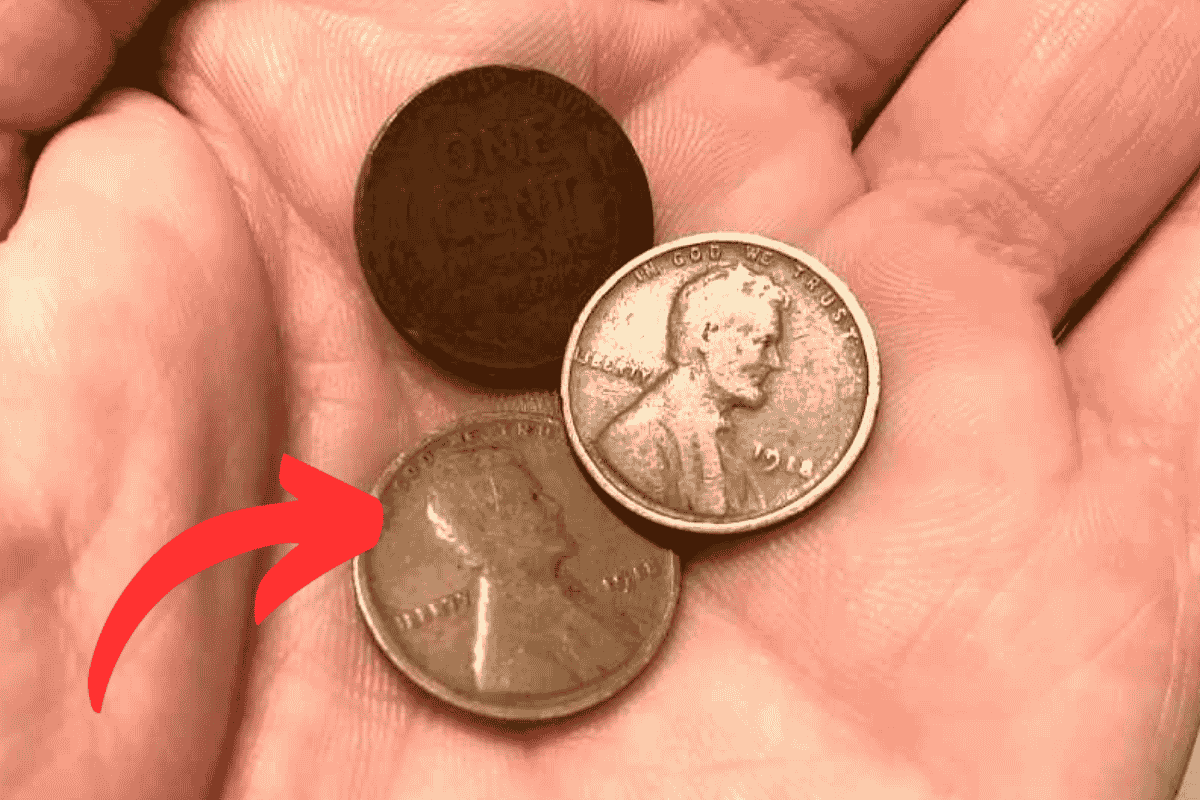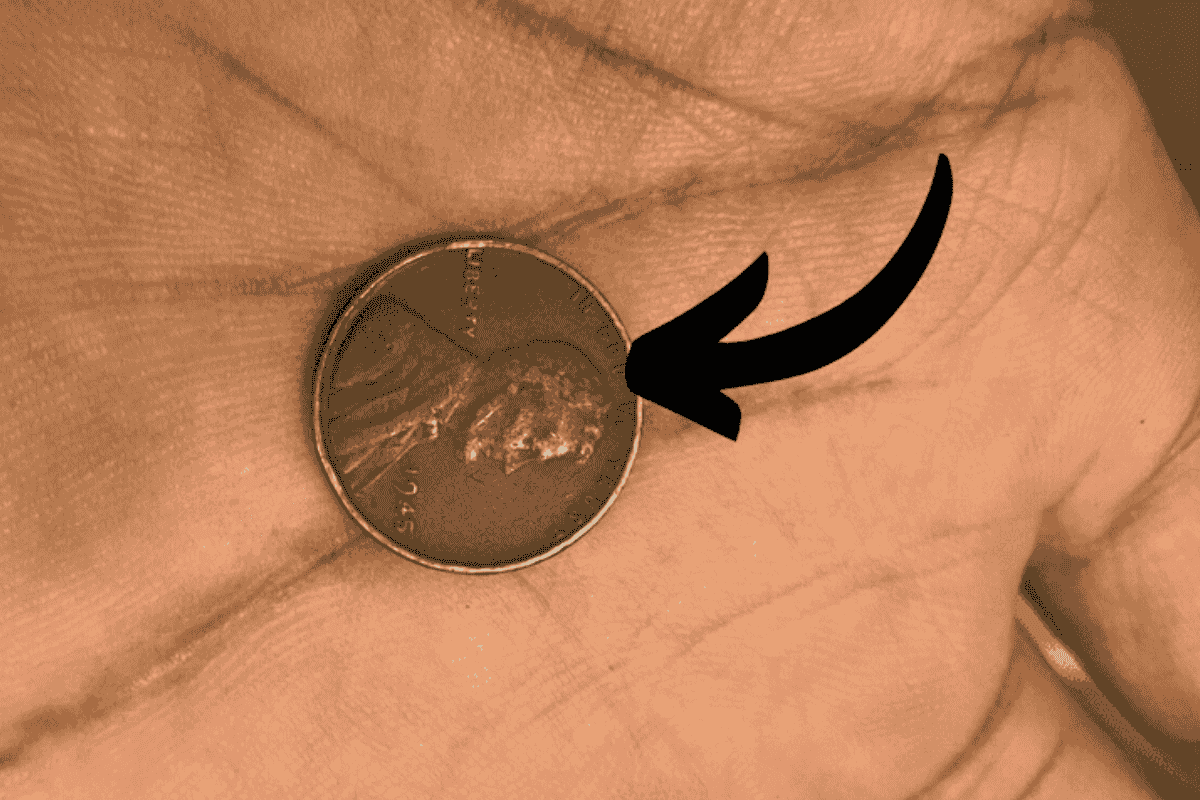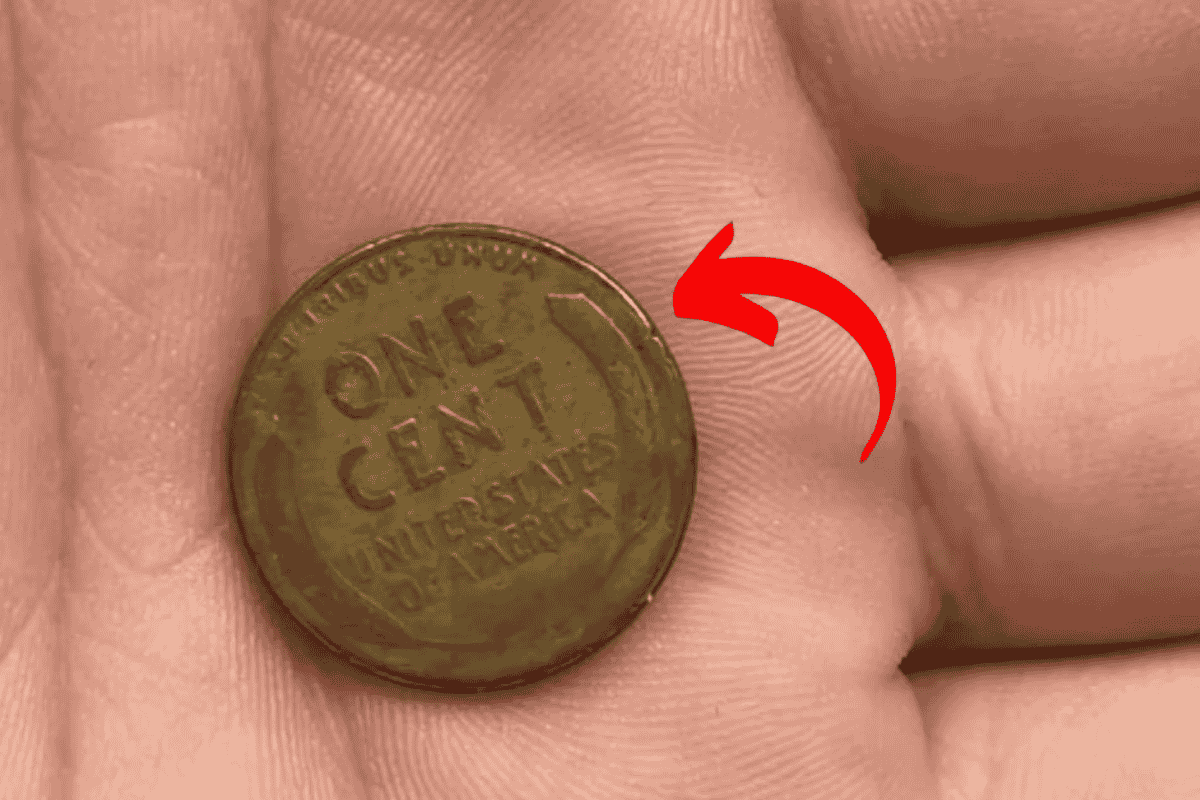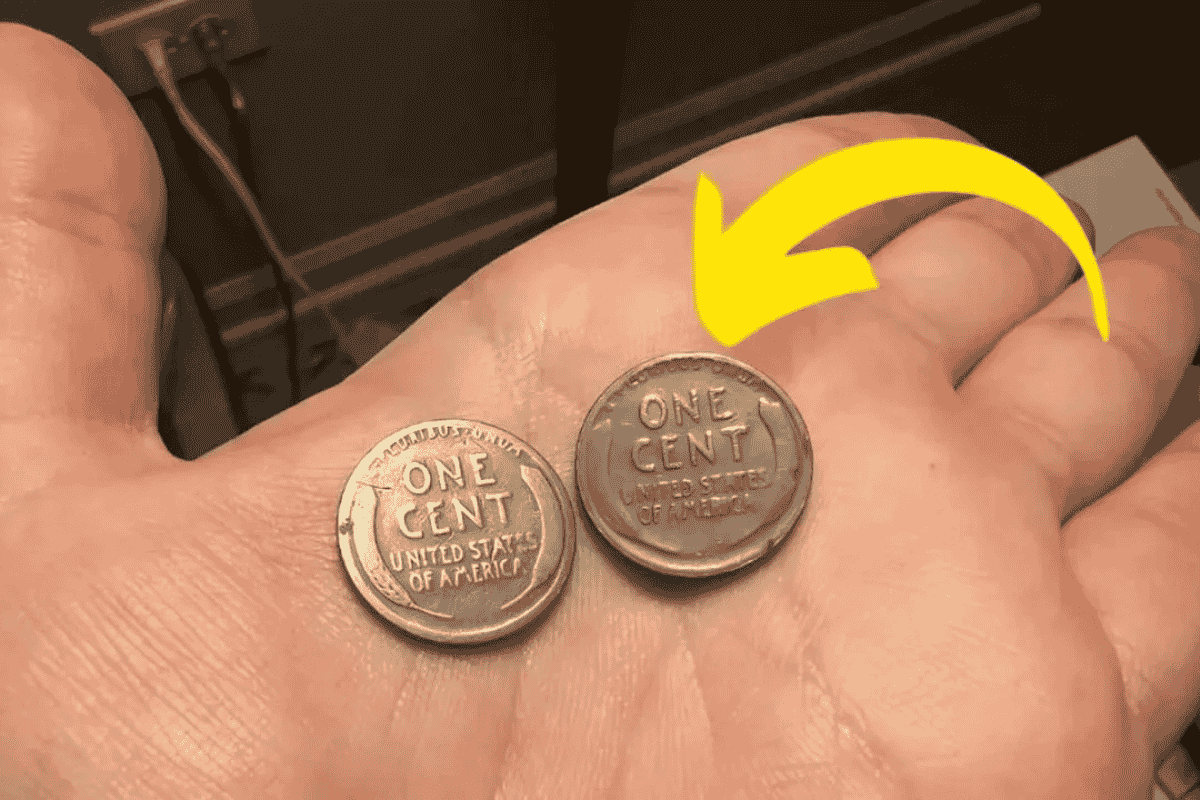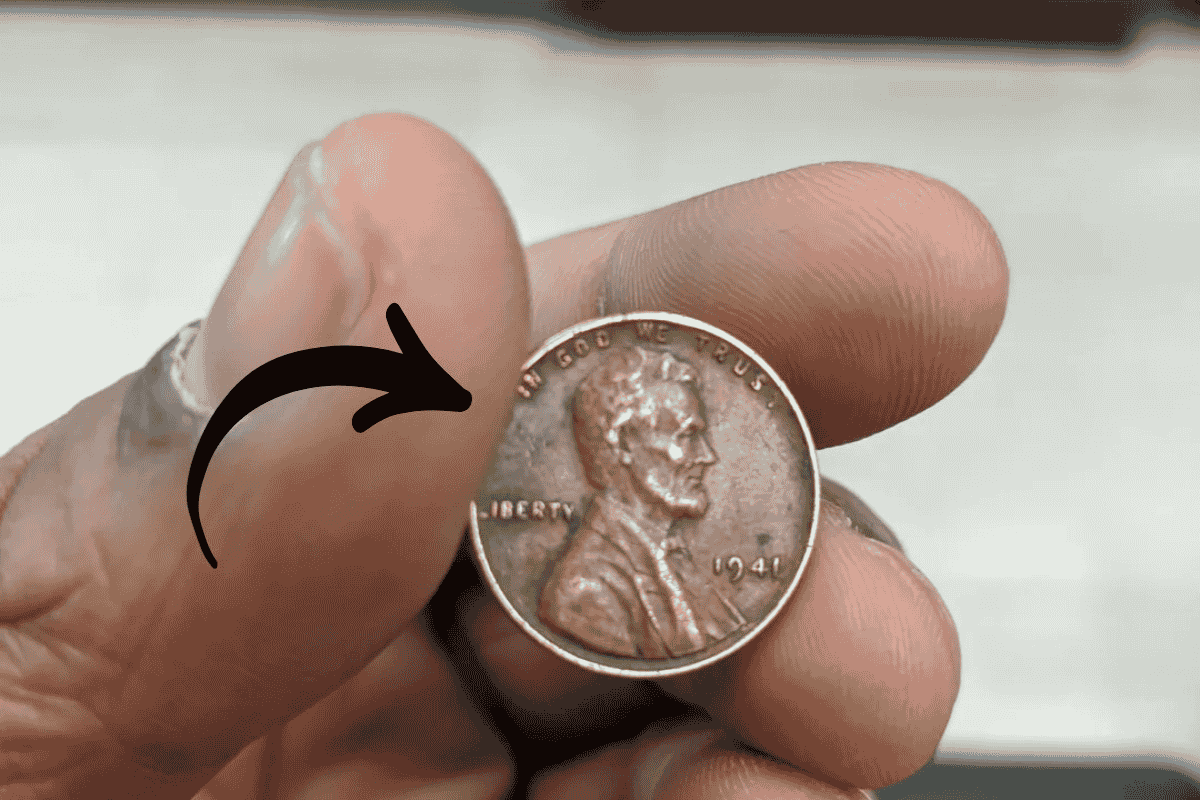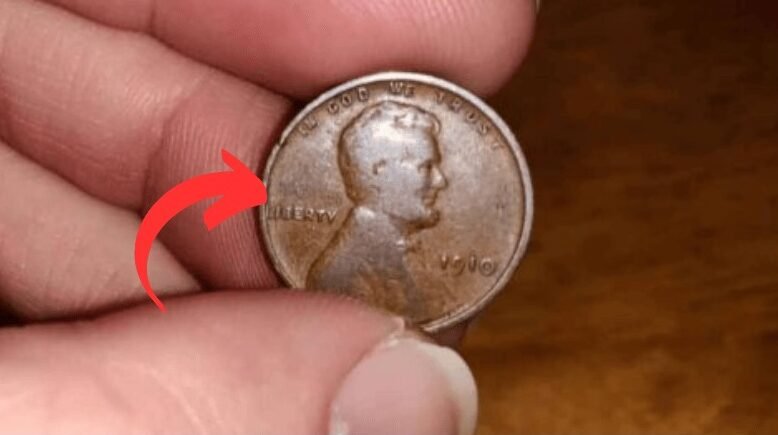Imagine holding a small piece of metal worth more than a luxury car. The Lincoln Wheat Penny is one of America’s most treasured coins, and one rare example recently sold for an astonishing $2,520,000.
Even today, it could still be hiding in pocket change. Let’s explore how this humble coin became so valuable—and how you might spot one for yourself.
What Is a Lincoln Wheat Penny?
The Lincoln Wheat Penny was produced from 1909 to 1958. On the front, it shows President Abraham Lincoln; on the back, two stalks of wheat. While most of these coins are ordinary and worth just one cent, a few have unique traits or mistakes that make them incredibly valuable.
The Record‑Breaking $2,520,000 Penny
A Lincoln Wheat Penny recently sold at auction for $2,520,000. This coin wasn’t just old—it had a major minting error that made it exceptionally rare. Errors such as missing dates, double strikes, or off‑center hits can turn an everyday penny into a collector’s dream.
When one of these unusual coins is in perfect or near‑perfect condition, it can fetch millions.
What makes this penny especially remarkable is its condition. Despite being over 100 years old, it showed little to no wear. That pristine quality, combined with the mint error, pushed its value into seven digits.
Could Such a Penny Still Be Found?
Yes. Even after over a century, rare coins still appear among everyday change. They might be tucked away in old jars, piggy banks, envelopes, or forgotten drawers.
Sometimes, someone finds one while sorting coins and realizes they’ve stumbled upon something extraordinary. The hope that the $2.52 million penny might still be hiding in circulation keeps collectors excited and hopeful.
Key Signs to Spot a Rare Penny
Finding a valuable penny isn’t easy, but these tips can help:
- Check the date and mint mark. Some years and mint locations are much rarer than others.
- Look for minting errors. These include double strikes, missing parts of the design, off‑center images, or uneven lettering.
- Examine the condition closely. Coins with sharp details and no wear—called mint state—are far more valuable.
- Get professional help. If you think you’ve found something rare, show it to a certified coin dealer or grading service to confirm its authenticity and condition.
Why Collectors Pay So Much
Collectors love error coins because they are rare and tell a story. Every mint mistake reflects a moment in history when production machines slipped up—but only a few examples survived in quality good enough to collect.
Because of their scarcity and historical significance, collectors are willing to pay huge sums for them.
What to Do If You Find a Rare Penny
If you suspect you’ve found a valuable penny:
- Stop spending or trading it. Any handling or cleaning can reduce its value.
- Handle it carefully—hold it by the edges to avoid scratches or fingerprints.
- Take clear, well-lit photos of both sides.
- Reach out to a reputable coin dealer or submit it to a recognized grading service for formal evaluation.
The story of the Lincoln Wheat Penny that sold for $2,520,000 is a reminder that history—and sometimes wealth—can be found in the simplest things. Though most pennies are worth just one cent, a few rare error coins have turned into priceless collectibles. With over a century in circulation, some might still be in your pocket or tucked away at home. So next time you go through your change, take a closer look—you might be holding a fortune.
FAQs
What is the Lincoln Wheat Penny and why is it valuable?
The Lincoln Wheat Penny is a U.S. coin minted from 1909 to 1958. It is valuable because some rare versions have minting errors or unique features that collectors are willing to pay a lot for.
Is the $2,520,000 Lincoln Wheat Penny still in circulation?
Yes, experts say rare error coins like this could still be in everyday circulation, hiding in old coin jars or forgotten drawers.
How can I identify a valuable Lincoln Wheat Penny?
Check the date and mint mark. Look for mistakes like doubled letters or off-center prints. Also, the better the condition, the higher its value.
What should I do if I find a rare-looking penny?
Don’t clean or spend it. Keep it safe, take clear photos, and show it to a trusted coin dealer or grading service for expert advice.
Why are coins with minting errors worth so much?
Minting errors are very rare, and each mistake is different. This uniqueness makes them highly valuable to collectors and coin experts.
